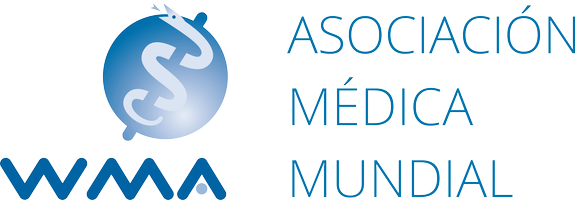Pälve-WMA EoL Presentation Vatican-Nov2017
Copiar PDF
11/23/17
1
Dealing with public and published opinions
Finnish experience of public debate 2017
Heikki Pälve
Chair of the WMA Medical Ethics
Committee 2014 – 2017
Finnish Medical Association
Background
• Legistlative proposal intiatiated by lay people on euthansia was
handed to the parliament 9.11.2016
• Huge public attention due to very well respected and known people
acting behind the proposal – fourth in order
• Medical association was immediately one partner in the debate.
• It was about the only partner raising opposite views,
Lesson 1:
• Every nation must deal with the issue its own way
• Finland is homogenic, small, open, democratic, secular, we have
confidence to the ’system’….
Lesson 2:
Support of the euthanasia among the public (in
Finland) is ’natural’ and big
• people 73%
• Physicians (2013) 46%
• nurses 42%
• Ready to do it 23%
• Specialists in end-of-life care 17% (!)
Lesson 3:
Questions raised are implying that opposing
euthanasia is inhuman
• Why do the physicians allow suffering?
• Suffering is understood as physical (pain) suffering and the other
natural forms of suffering prior to death are not understood:
• Social, psychological, existential
• Explaing that the suffering (pain) is treatable does not have any
effect
Lesson 4:
Autonomy of the patient is put forefont
• Why is a suffering person not entitled to his/her own opinion on the
treatment?
• It is MY life and MY desicion!
• Is the physician not willing to treat the patient according to his/her
will?
11/23/17
2
Lesson 5:
Media is on the side of the ill individual
• …. illustrating that the opposing profession is against the sick
person which damages the the trust to the profession and
questions the trust to our ethics
• Social media is of huge importance and mainly pro-euthanasia
Lesson 6:
Clarify terminology
• ’euthasia’ as a term is extremely poorly understood
• Therefore many people support it on wrong basis or expects
solutions to problems it will not solve
Is euthanasia the seeked solution?
–
TS 7.2.2017
Upon arriving to terminal care institution they wanted ’euthanasia’ and
after receiving proper palliative care the husband confirmed that it was
excactly what they ment with it
Is euthanasia the solution?
Ilta-Sanomat
18.12.2016
On the tabloids was given the image that
3 yrs old ICH boy could benefit of
euthanasia legistlation
Do we understand the terminology?
SK 47/2016
My personal experience makes
me an expert;
His son died suffering of
immense pain
Suffering = pain
exl. Social, mental and
existential suffering
Lesson 6:
Try to clarify the intentions of any debate
• Clarify/inform concerning the terminology
• Clarify the diffferent forms of suffering and the possibillities to
measure them
• Physcical/existential/psycological/social
• Explain the difference between the possibiities to treat pain and the
current situation in palliative care
11/23/17
3
Lesson 7:
• Give the floor to the specialists of palliative care
• Endorse their visibility in the debate
• Inform about palliative sedation as being a treatment – not a form of
euthanasia
• Only after that come the medical ethical issues important in the
public debate
Should we have law on euthasia?
15
71
17
59
14
64
26
15
19
0% 20% 40% 60% 80% 100%
Lääkäriavusteisen itsemurhan salliva laki
Saattohoitolaki
Eutanasian salliva laki
Kyllä Ei En osaa sanoa
Medical ethics standpoint
• Euthanasia fundamentally changes and to some degree also
damages the trust to the health care system
• Unacceptable and unvisible pressure on vulnerable patient groups
• è new suffering
• Physicians are supposed to decide on the diagnosis and treatment
– not on active termination of life (let the life end – do not end it)
• Slippery slope is a fact – and very undesirabe
• Medical ethics is international
16
thank you
